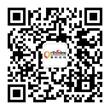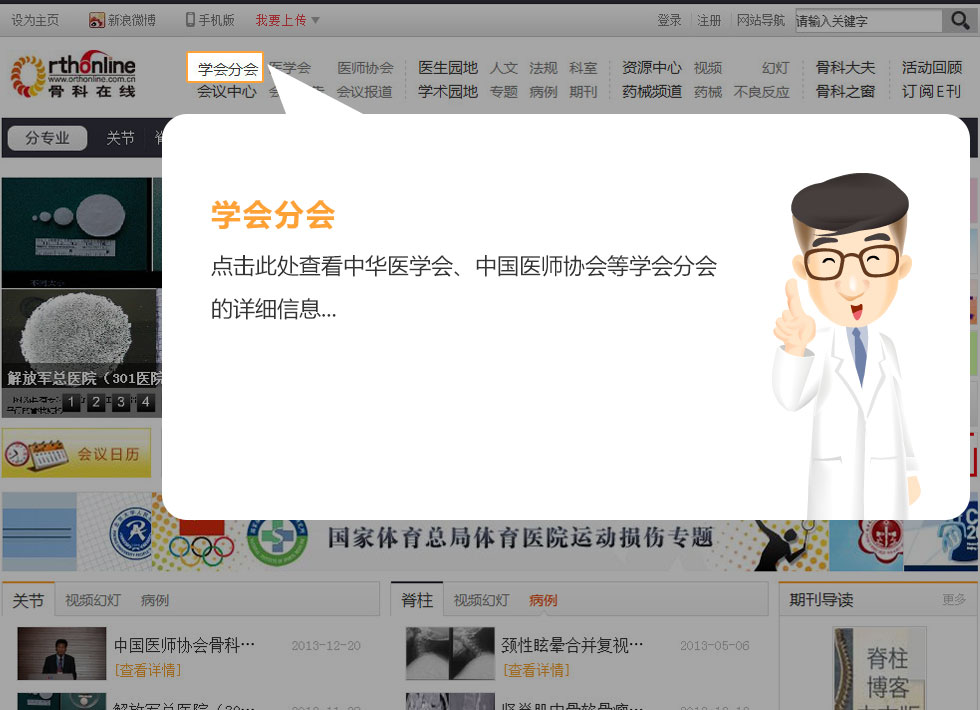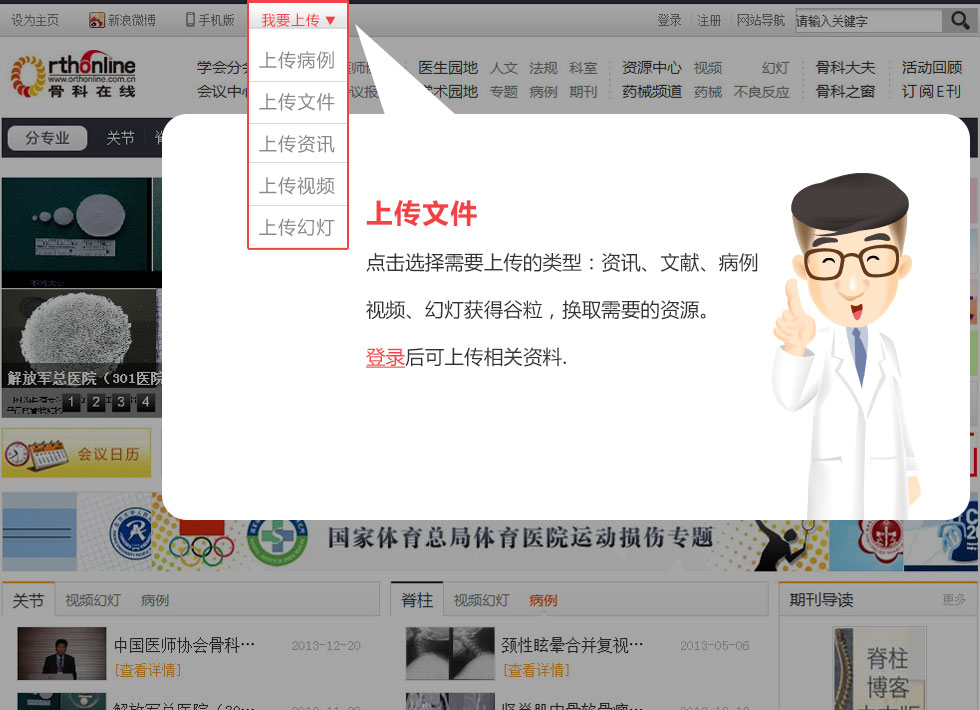Quality of Online Pediatric Orthopaedic Education Materials
第一作者:Daniel P. Feghhi
2014-12-17 点击量:323 我要说
Daniel P. Feghhi,Daniel Komlos,Nitin Agarwal,Sanjeev Sabharwal
Background: Increased availability of medical information on the Internet empowers patients to look up answers to questions about their medical conditions. However, the quality of medical information available on the Internet is highly variable. Various tools for the assessment of online medical information have been developed and used to assess the quality and accuracy of medical web sites. In this study we used the LIDA tool (Minervation) to assess the quality of pediatric patient information on the AAOS (American Academy of Orthopaedic Surgeons) and POSNA (Pediatric Orthopaedic Society of North America) web sites.
Methods: The accessibility, usability, and reliability of online medical information in the “Children” section of the AAOS web site and on the POSNA web site were assessed with use of the LIDA tool. Flesch-Kincaid (FK) and Flesch Reading Ease (FRE) values were also calculated to assess the readability of the pediatric education material.
Results: Patient education materials on each web site scored in the moderate range in assessments of accessibility, usability, and reliability. FK and FRE values indicated that the readability of each web site remained at a somewhat higher (more difficult) level than the recommended benchmark.
Conclusions: The quality and readability of online information for children on the AAOS and POSNA web sites are acceptable but can be improved further.





 京公网安备11010502051256号
京公网安备11010502051256号